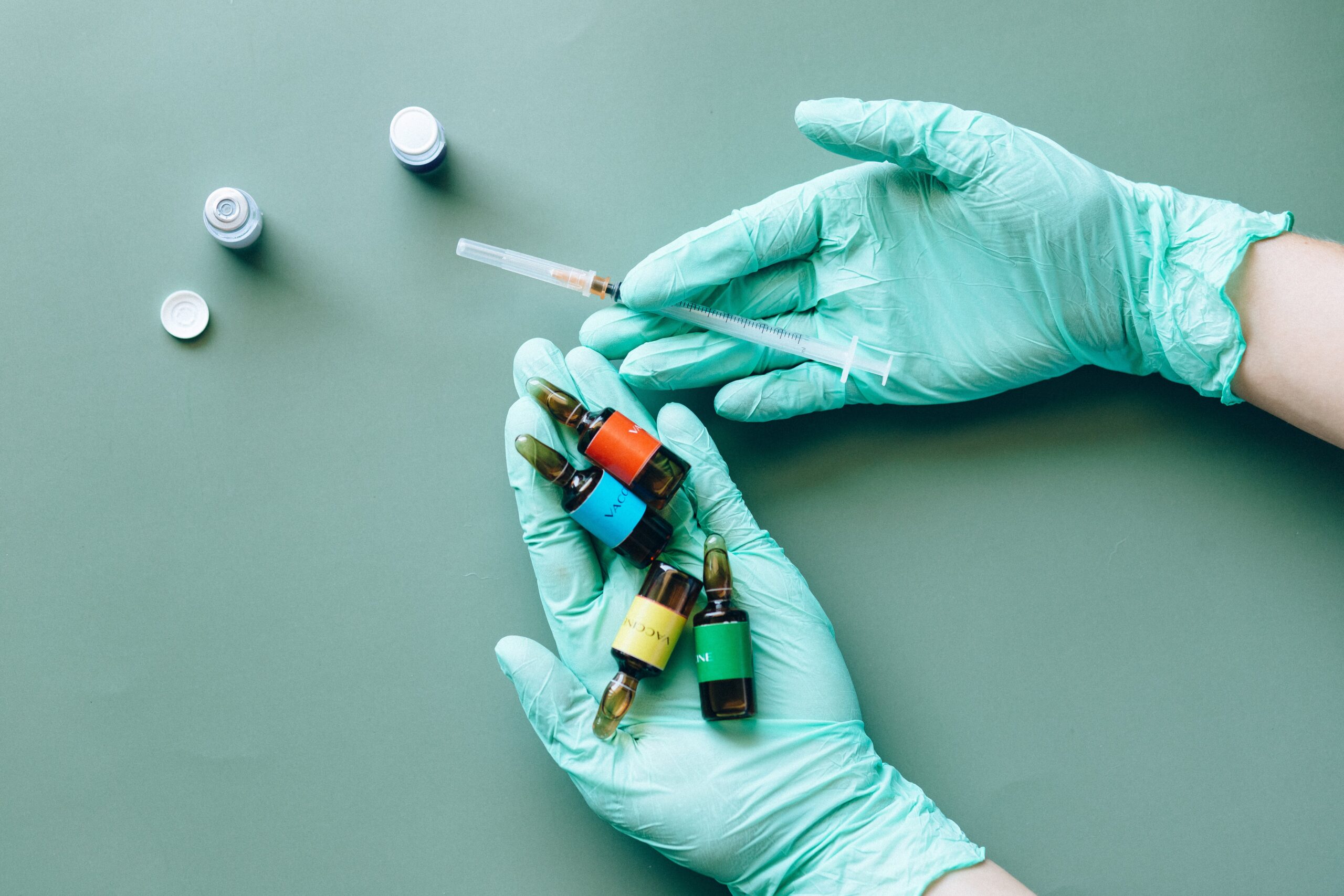Sannova
Premise
The sponsor, a pharmaceutical solutions provider, embarked on the introduction of a groundbreaking oral solution product comprising of two crucial components. The sponsor decided to conduct an extensive extractable and leachable study on the packaging components to get ahead of increasing scrutiny by the FDA on E&L testing. Therefore, this study not only included PET and bottles but also encompassed adaptors and syringes.
Challenges
1. The controlled extraction conditions, utilizing various solvents, posed challenges in accurately simulating real-world scenarios.
2. The array of analytical methods needed to test the various components and impurities introduced further complexity.
3. Identifying unknown extractables required a robust approach.

Our Comprehensive Solutions
Protocol Development: A detailed protocol was developed to verify with the sponsor before study start, the various extraction conditions, analytical techniques and AET limit that would be undertaken for the study. Sannova’s transparent culture offers clear communication from scientist to scientist, enabling a collaborative approach, while contributing our extensive scientific expertise on study design.
Controlled Extraction Conditions: Packaging components underwent controlled extraction with water at varying pH conditions.
Advanced Analytical Techniques: Established methods (LC/MS/MS, GC-HSFID/MS, GC-FID/MS, ICP/MS) quantified impurities with a reporting limit at half of the AET.
Impurity Identification: Tentative identifications used both various libraries and reference standard matching.
Challenging Condition Measures: Leachable data was derived from drug product samples stored for six months under accelerated conditions.
Thorough Evaluation and Reporting: We were able to remove impurities from plastic containers under harsh conditions, such as varying pH levels and exposure to strong organic solvents at elevated temperatures for an extended period.